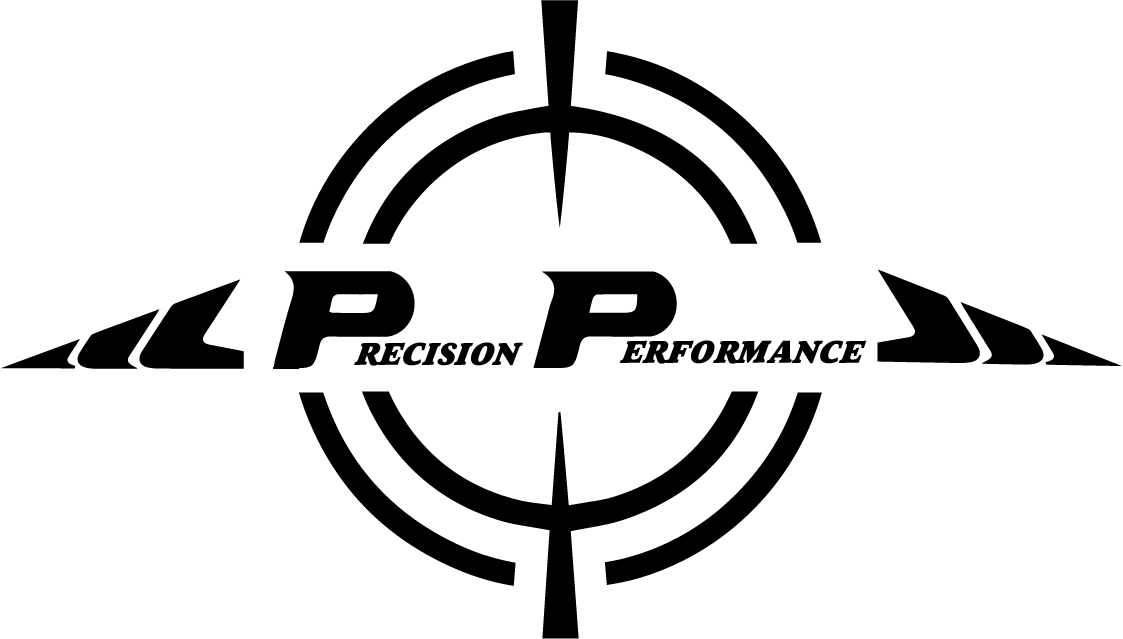[vc_row type=”in_container” scene_position=”center” text_color=”dark” text_align=”left” overlay_strength=”0.3″][vc_column column_padding=”no-extra-padding” column_padding_position=”all” background_color_opacity=”1″ background_hover_color_opacity=”1″ width=”1/1″][vc_column_text]Patience and consistency are the keys to improvements in performance and recovery. Very rarely do we make the gains and achieve the levels of performance and recovery that we want in a short period of time. Often we look for the next thing that tells us we will make the gains and improvements that we want in a short period of time. This sometimes works when used as a change in routine that requires the body to adapt to a modified stimulus, but rarely does it lead to the long-term improvements in performance that are seen with high-level performers. If it was easy and many of the “quick gain” workouts were effective, then theoretically we would see more high-level performers. We would also see people recover from injury at a much more rapid pace. While in the last number of years, we have made significant strides in our ability to understand how the human body works and how to manipulate variables of recovery and performance to make improvement more efficient, we still cannot accelerate the timetable of healing or performance gains. Barring the use of questionable supplemental aids, educated and knowledgeable professionals already work on the edge of adjusting variables that lead to the most efficient and consistent gains in performance and recovery.
When talking in terms of strength gains, it takes typically takes six to eight weeks to have noticeable significant gains in strength according to most research. The gains that are seen in any recovery and performance program are variable depending on the individual and their training background along with other variables such as nutrition, overall health, status of injury, mental status, and multiple other variables. Imagine this scenario: your squat is currently 250 lbs. With the correct manipulation of variables in an appropriately designed training program you make a gain of 5 lbs per month over the next year. Now you’re squat is 310 lbs. Say you continued with the same consistent work over the next year and made gains of 3-5 lbs a month. After two years your squat could be in the range of 350-370 lbs.
Here is another scenario from a rehabilitation view point: You have knee pain with a common diagnosis of “jumper’s knee”. Typically associated with this kind of condition you may find poor hip flexibility, poor quad flexibility, poor calf flexibility, hip weakness, quad weakness, hamstring weakness, calf weakness, balance deficits, postural stability dysfunctions, and deficits with the ability to absorb impact. As noted above it takes time to improve the strength for the areas of weakness and due to the weakness that is associated with an injury, more strength gains are typically necessary. Flexibility gains may be easier for younger individuals, but it still takes time to achieve. In the case of an individual with an injury, strength, flexibility, and balance need to improve to the level that is required to effectively participate in a given activity without leading to increased potential for injury. This can take a considerable amount of time depending on the extent of the injury. Pain can improve faster, but to fully recover from an injury it take patience and consistency over time.
When recovering from an injury or pushing to new performance gains, set goals and make a plan with the appropriate professional. Be consistent with the plan. Be patient and understand that as you follow the plan the improvements and gains will come. Typically those that deviate from the plan may feel like they can make better improvements, but in the long run, they often times don’t end up where they want. Remember that when chasing “quick gains” you may only to find out they didn’t get you the improvements that you wanted and you have to start over again with making the consistent plan. Planning, patience, and consistency will always get you closer to where you want to be in the end.
[/vc_column_text][/vc_column][/vc_row]
